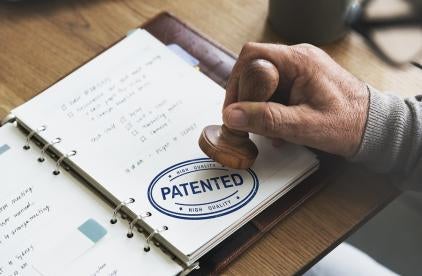On May 23, 2019, the court issued a declaratory judgment in the case of HTC v. Ericsson, No. 18-cv-00243, pending in the United States District Court for the Eastern District of Texas (Judge Gilstrap). That judgment confirmed that Ericsson’s 4G standard-essential patents (“SEPs”) convey significant value to mobile handsets and held that Ericsson made an offer to HTC that complied with Ericsson’s obligations to license on fair, reasonable, and non-discriminatory (“FRAND”) terms. The decision, published on the heels of Judge Koh’s recent opinion in FTC v. Qualcomm, provides much-needed clarity to SEP owners by definitively rejecting the smallest-saleable patent practicing unit (“SSPPU”) royalty theory in favor of a real-world, market-based approach.
The Dispute
Ericsson owns a large portfolio of cellular patents essential to the 2G, 3G, and 4G standards that it licenses to handset makers worldwide. As a member of the ETSI standard setting organization, Ericsson agreed to license these patents on FRAND terms. Ericsson offered a license to HTC at a rate of $2.50 per 4G device, or 1% of the net device price with a $1 floor and $4 cap. HTC countered with a rate of $0.10 per 4G device. HTC sued Ericsson, claiming that Ericsson’s offered royalty rate was too high, and that Ericsson breached its FRAND commitment.
A jury trial was held in February 2019. HTC argued that a royalty base must be calculated based on the profit margin of the baseband processor (which HTC argued was the SSPPU) rather than the price of the device as a whole. Ericsson argued that HTC’s SSPPU approach dramatically undervalued 4G cellular technology and that Ericsson’s patents in particular were worth far more. After a five-day trial, the jury found that Ericsson’s offers did not breach Ericsson’s commitment to license on FRAND terms and conditions.
The Decision
Following the verdict, the district court also issued its findings of fact and conclusions of law in connection with ruling on Ericsson’s request for a declaratory judgment that it had complied with FRAND. This declaration reaffirmed the jury’s findings, while also addressing more fully some key questions.
First, the court stated unequivocally that the ETSI FRAND commitment does not require a company to license its SEPs based on the profit or cost of the baseband processor or SSPPU.The district court’s decision is consistent with Federal Circuit precedent, such as Ericsson v. D-Link, which holds that “courts must consider the facts of record when instructing the jury and should avoid rote reference to any particular damages formula.”
Second, the order went further to conclude that Ericsson’s 4G portfolio is worth significantly more than a royalty rate based on the profit margin or cost of the baseband processor in HTC’s phones (HTC’s “SSPPU”). Looking to industry-wide evidence, the court held that the value of cellular technology far exceeded a valuation based on the price or profit of a baseband processor. The court found that “Ericsson established, and HTC’s own experts conceded, that there are no examples in the industry of licenses that have been negotiated based on the profit margin, or even the cost, of a baseband processor” and that credible evidence supported a finding that “the profit margin, or even the cost, of the baseband processor is not reflective of the value conferred by Ericsson cellular essential patents.”
Third, the court determined that both of Ericsson’s offers to HTC—(1) $2.50 per 4G device or (2) 1% with a $1 floor and $4 cap—were fair, reasonable, and non-discriminatory. The court found that Ericsson’s “comparable licenses provide the best market-based evidence of the value of Ericsson’s SEPs and that Ericsson’s reliance on comparable licenses is a reliable method of establishing fair and reasonable royalty rates that is consistent with its FRAND commitment.” At trial, evidence was presented regarding Ericsson’s licenses with Apple, BLU, Coolpad, Doro, Fujitsu, Huawei, Kyocera, LG, Panasonic, Samsung, Sharp, Sony, and ZTE. The court noted that several of Ericsson’s licenses contained express terms that were “similar or substantially similar” to Ericsson’s offers to HTC and rejected the argument that Ericsson’s offers to HTC were discriminatory.
Why It Matters
Judge Gilstrap’s declaration represents an important development in FRAND case law that looks to industry practice and market evidence rather than untested licensing theories. It affirms that basing a rate on comparable licenses is an acceptable FRAND methodology.
The decision also rejects the SSPPU royalty theory. Some have read the recent FTC v. Qualcommopinion to suggest that a FRAND royalty must be structured as a percentage rate on a baseband processor. Judge Gilstrap’s declaration demonstrates why such a reading is incorrect. First, the declaration explains that the ETSI FRAND commitment simply does not require a SSPPU royalty base. Second, even if one were to indulge the SSPPU approach, the SSPPU for many standard-essential patents is not limited to a baseband processor. Third, a wealth of market evidence shows that Ericsson’s patents (and standard-essential patents generally) are far more valuable than a baseband processor-based royalty would reflect.




 i
i


